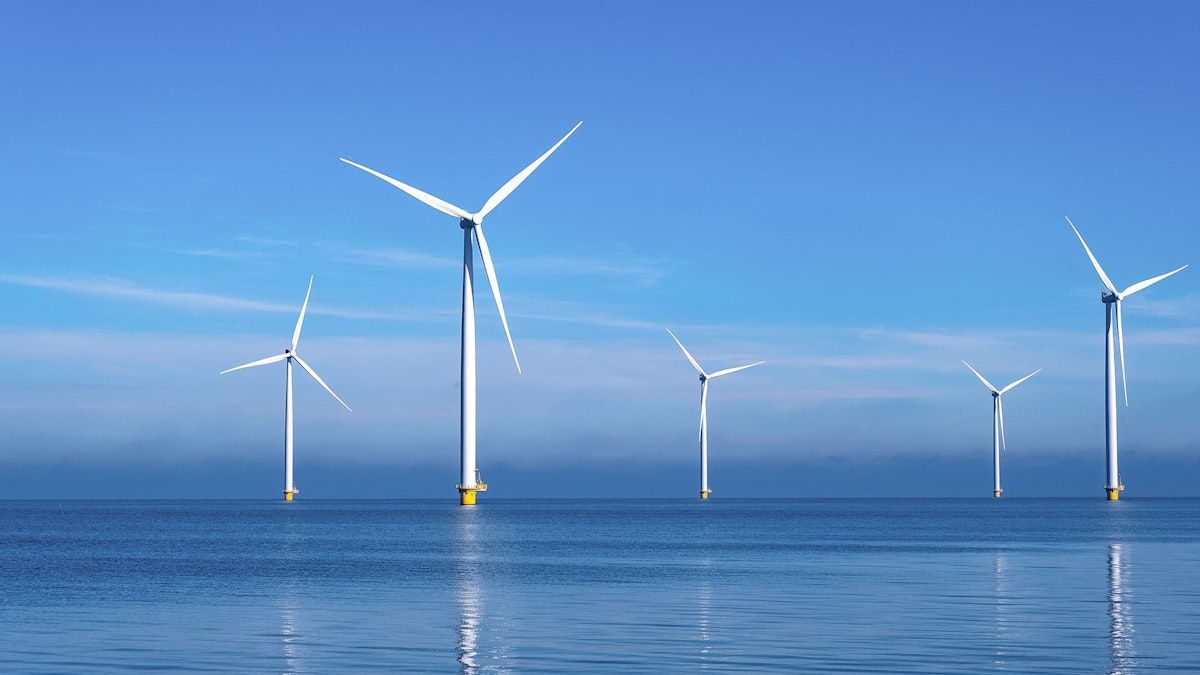Table of contents
Browse categories
Browse authors
 AB
ABAlberto Boffi
 AL
ALAlessia Longo
 AH
AHAl Hoge
 AB
ABAljaž Blažun
 BJ
BJBernard Jerman
 BČ
BČBojan Čontala
 CF
CFCarsten Frederiksen
 CS
CSCarsten Stjernfelt
 DC
DCDaniel Colmenares
 DF
DFDino Florjančič
 EB
EBEmanuele Burgognoni
 EK
EKEva Kalšek
 FB
FBFranck Beranger
 GR
GRGabriele Ribichini
Glacier Chen
 GS
GSGrant Maloy Smith
 HB
HBHelmut Behmüller
 IB
IBIza Burnik
 JO
JOJaka Ogorevc
 JR
JRJake Rosenthal
 JS
JSJernej Sirk
 JM
JMJohn Miller
 KM
KMKarla Yera Morales
 KD
KDKayla Day
 KS
KSKonrad Schweiger
Leslie Wang
 LS
LSLoïc Siret
 LJ
LJLuka Jerman
 MB
MBMarco Behmer
 MR
MRMarco Ribichini
 ML
MLMatic Lebar
 MS
MSMatjaž Strniša
 ME
MEMatthew Engquist
 ME
MEMichael Elmerick
 NP
NPNicolas Phan
 OM
OMOwen Maginity
 PF
PFPatrick Fu
 PR
PRPrimož Rome
 RM
RMRok Mesar
 RS
RSRupert Schwarz
 SA
SASamuele Ardizio
 SK
SKSimon Kodrič
 SG
SGSøren Linnet Gjelstrup
 TH
THThorsten Hartleb
 TV
TVTirin Varghese
 UK
UKUrban Kuhar
Valentino Pagliara
 VS
VSVid Selič
 WK
WKWill Kooiker
Offshore Wind Turbine Tower Monitoring With MEMS Accelerometers and OMA

August 2, 2024
Failure of wind-turbine towers seldom occurs. However, when this happens it is associated with high costs or in the worst case - if they collapse, with total loss of the wind turbine.
Consequently, many offshore wind turbine farm managers have installed measurement technology for continuous structural health monitoring on the towers. Various sensing techniques and methods are used for performing structural health monitoring. However, the most widely used is the vibration-based technique, also known as Operational Modal Analysis (OMA).

Offshore wind turbines can deliver large amounts of clean, renewable wind energy. To capture abundant wind resources and produce more energy, wind turbines are becoming larger and consequently more expensive. Wind turbines operate in harsh environments like salty water, high humidity, strong winds…, are remote, and are difficult to access. For this, it is essential to constantly monitor their performance and execute predictive maintenance to obtain expected returns on investment.
Materials and methods
Wind turbine towers are predominantly made of steel, reinforced concrete, or lattice. Offshore wind turbine towers are exposed to high external loads affecting the structure.
This results in what is known as structural degradation. This means changes to the material or the geometric properties. Deterioration can be a result of bad design, construction failures, accidents, harsh environments, ageing processes, or any combination of these.
Failure of wind-turbine towers rarely occurs. When it does it is normally affected by high costs or in the worst case, if the tower collapses, with total loss of the wind turbine. Consequently, many offshore wind turbine farms apply continuous structural health monitoring solutions on the towers. In some countries, it is even becoming mandatory.
Modal analysis and operational modal analysis
A variety of sensing techniques and methods are used for performing such structural health monitoring. However, the most widely used is the vibration-based technique, also known as Operational Modal Analysis (OMA).
Modal analysis is vital to understanding and optimizing the inherent dynamic behaviour of structures. In structures, almost all vibration problems relate to structural weaknesses associated with resonance behaviour - natural frequencies being excited by operational forces.
For many civil engineering and mechanical structures, it is difficult to apply excitation using either a hammer or shaker due to their physical size, shape, or location. Civil engineering structures are loaded by ambient forces such as waves, wind, or traffic. These natural input forces cannot easily be controlled or correctly measured. Yet, in some cases, it is preferable to use this natural excitation of the structure under true operating and boundary conditions to determine its modal properties.
Operational Modal Analysis (OMA) is based on measuring only the responses of test structures under actual operating conditions for accurate modal identification. This is often the case in situations where it is difficult or impossible to control an artificial excitation.
The complete dynamic behaviour of a structure can be viewed as a set of individual modes of vibration. Each has a characteristic natural frequency, damping, and mode shape.
The dynamic properties in the frequency domain can be used to model the structure. Such identification determines the modal characteristics of a structure. This means the specific frequencies of the structure with the related damping and modal forms.
The structure's vibration modes provide information about the relative motion of the elements which make up the structure when it is stressed at a particular frequency. If the structure is subjected to an action that excites more than one frequency, the way the structure vibrates will be a result of the combination of exciting vibrating modes
Knowing the modal parameters enables the prediction of the response of the structure as a function of external excitation and problems at specific resonances can be analyzed and subsequently solved.
The modal parameters thus constitute a sort of dynamic "identity card" of the structure that can be used for:
the validation of calculation models
their calibration or
diagnostic purposes
Therefore providing a baseline in the long-term structural condition monitoring system.
Structural health monitoring (SHM)
The determination of dynamic parameters makes it possible to verify the persistence of the structural conditions with reference to a precise instant of time T0. Generally, this time T0 for new wind turbine towers can be taken at the time of installation or commissioning.
By using novel structural health monitoring solutions, the data is continuously recorded by the system, and data from different periods can be compared. This makes it possible to evaluate the effects of a heavy storm on the dynamic properties of the structure. In addition, it allows evaluation of the rehabilitation interventions after the repair works.
Monitoring equipment
Wind turbine towers are becoming very large and are nowadays exceeding 250m in height. To have a good overview of the tower condition, vibration monitoring can be applied. Vibration levels need to be measured at different spots using the OMA method. Since low frequencies in all three directions (vertical, longitudinal, and lateral) are of interest, MEMS accelerometers are well-suited for tower structural health wind turbine monitoring.
Dewesoft IOLITEi 3xMEMS-AC is a three-axis accelerometer with a digital output (EtherCAT bus) - see figure 1. With the specification of 25 µg/√Hz spectral noise density and 100 µg residual noise at 50 Hz bandwidth, flat response from DC (0Hz) to 400 Hz and 96dB dynamic range. It is used in many SHM applications for monitoring acceleration, velocity, and displacement and as an input to a third-party Operational Modal Analysis Software. It can also be used as a two-axial static inclinometer.
The ease of IOLITEi 3xMEMS-ACC installation is enabled by daisy-chaining taking advantage of the EtherCAT interface. It allows communication with several devices even at device-to-device distances of up to 100 m. All can be connected through a single inexpensive CAT6 cable (see figure 2) transferring the data, the power, and synchronizing the devices down to 1 us.
Raw data acquired by the devices are sent to an industrial PC, (DAU) where DewesoftX data acquisition software is running, for further processing and analysis. The software provides a wide range of configurable triggered recording and math capabilities. Data can be sent in batch files over the TCP/IP network or streamed via OPC/UA protocol to a control system room or a cloud server.
Data can be accessed, viewed, and analyzed on the client's PC. It can be stored in the time-series database, named Historian. Additionally, it can be served to SCADA systems or cloud software using standard interfaces such as OPC/UA or REST API.
Conclusions
Wind conditions offshore - strong and stable wind - and thus larger wind power production yields is a key factor driving the growth of offshore WT farms. Though, to gain good ROI, offshore wind turbines need to operate with the smallest downtime while keeping maintenance costs at the lowest possible level.
The tower is the basic structural element of offshore wind turbines. Keeping it in healthy condition is of paramount importance to avoid downtime and in the worst case a loss of the turbine. Permanent structural health monitoring solutions are used to keep an eye on the health of the turbine towers.
The most widely adopted SHM technique is vibration-based (using MEMS accelerometers), also known as Operational Modal Analysis (OMA). This can help operators understand the tower’s condition, predict potential failures and plan cost-effective maintenance actions well in advance.